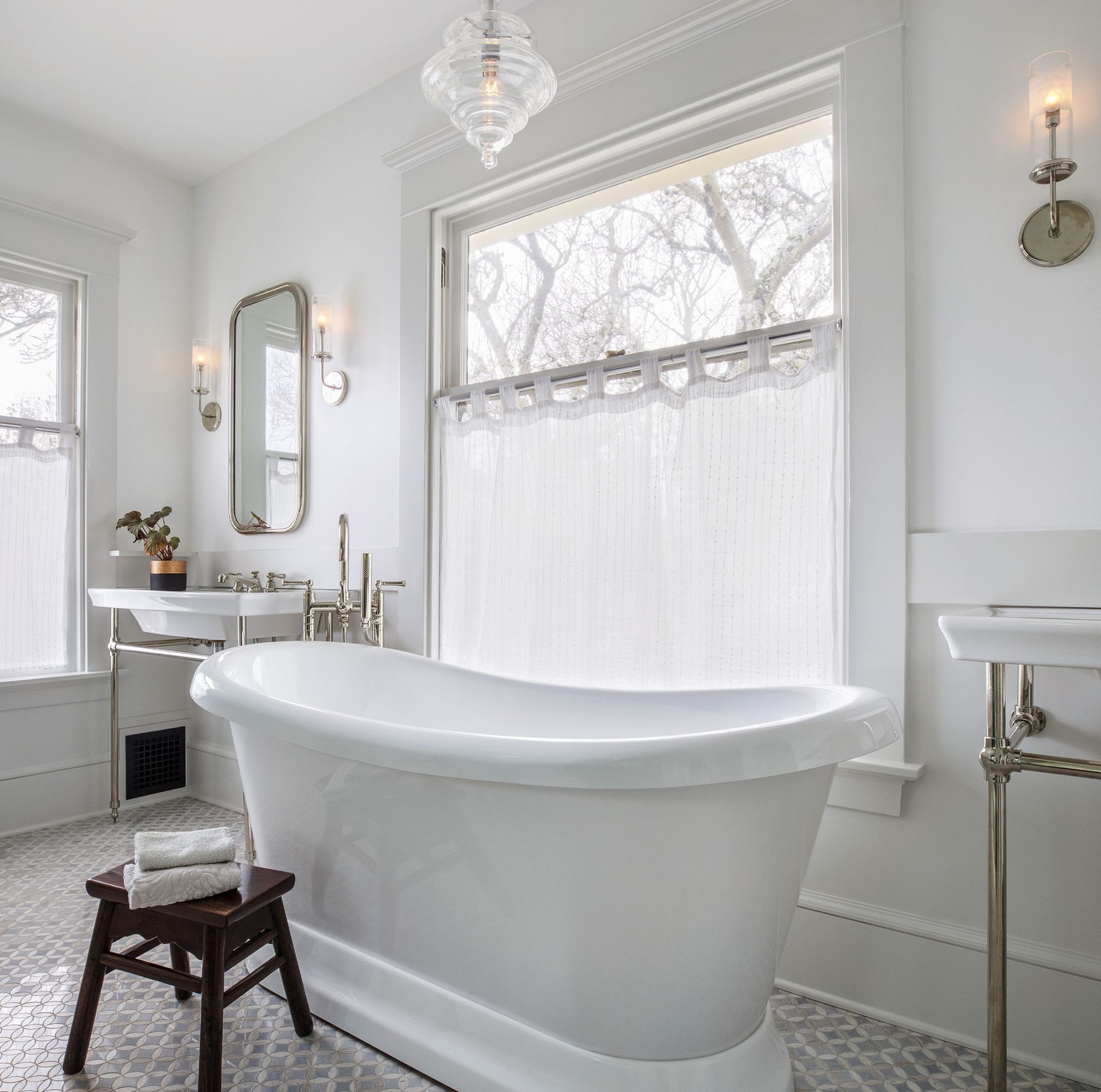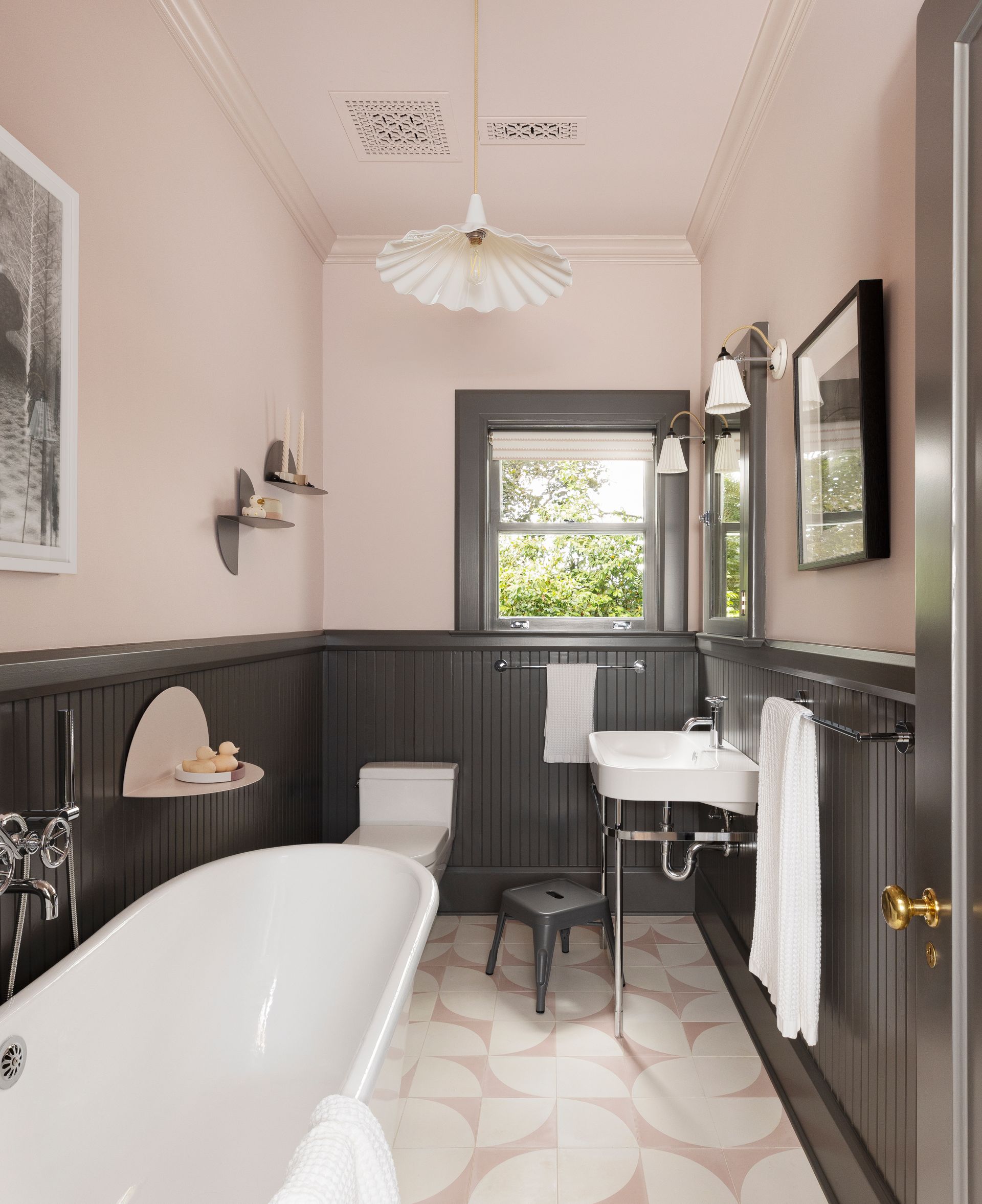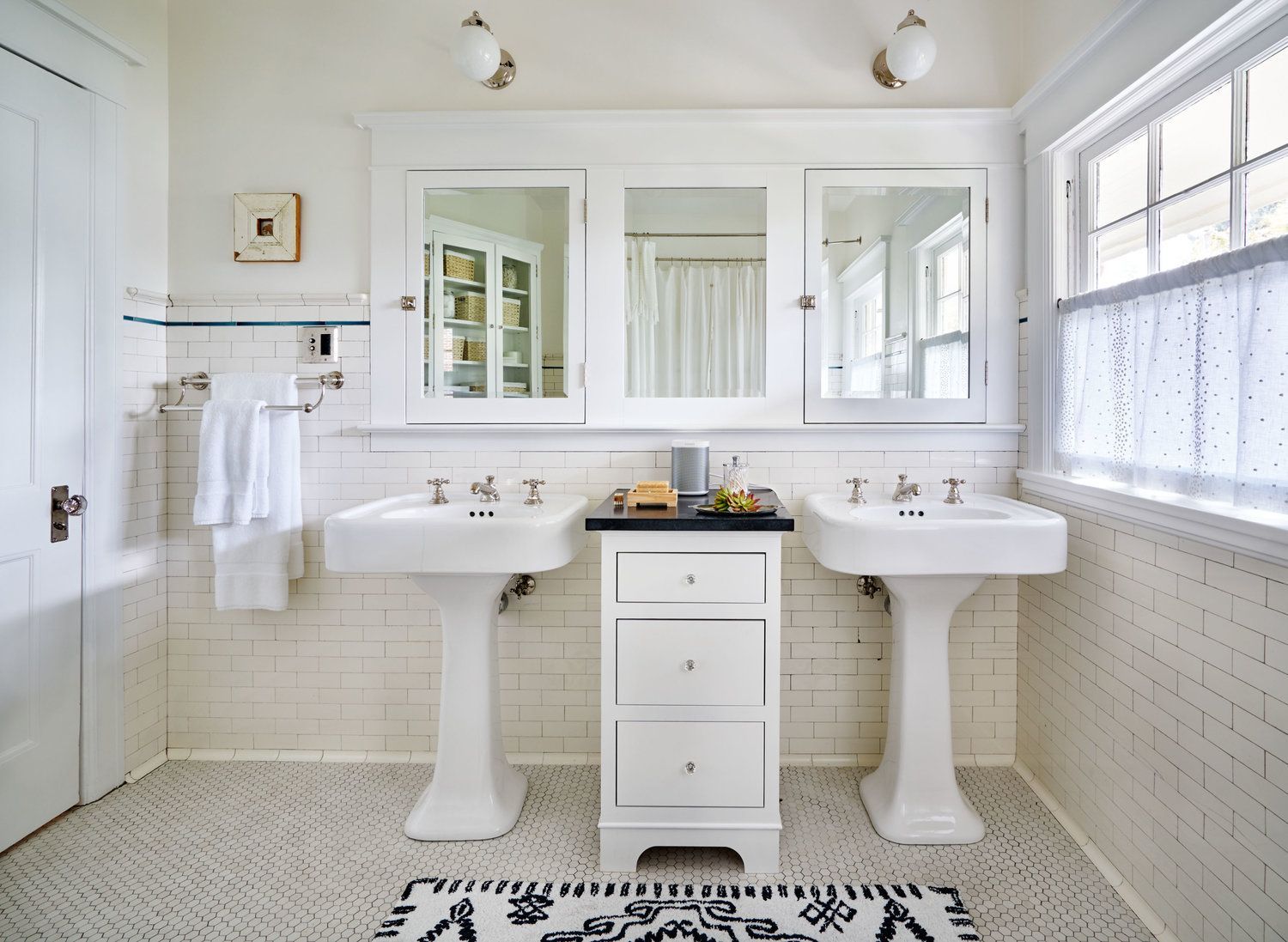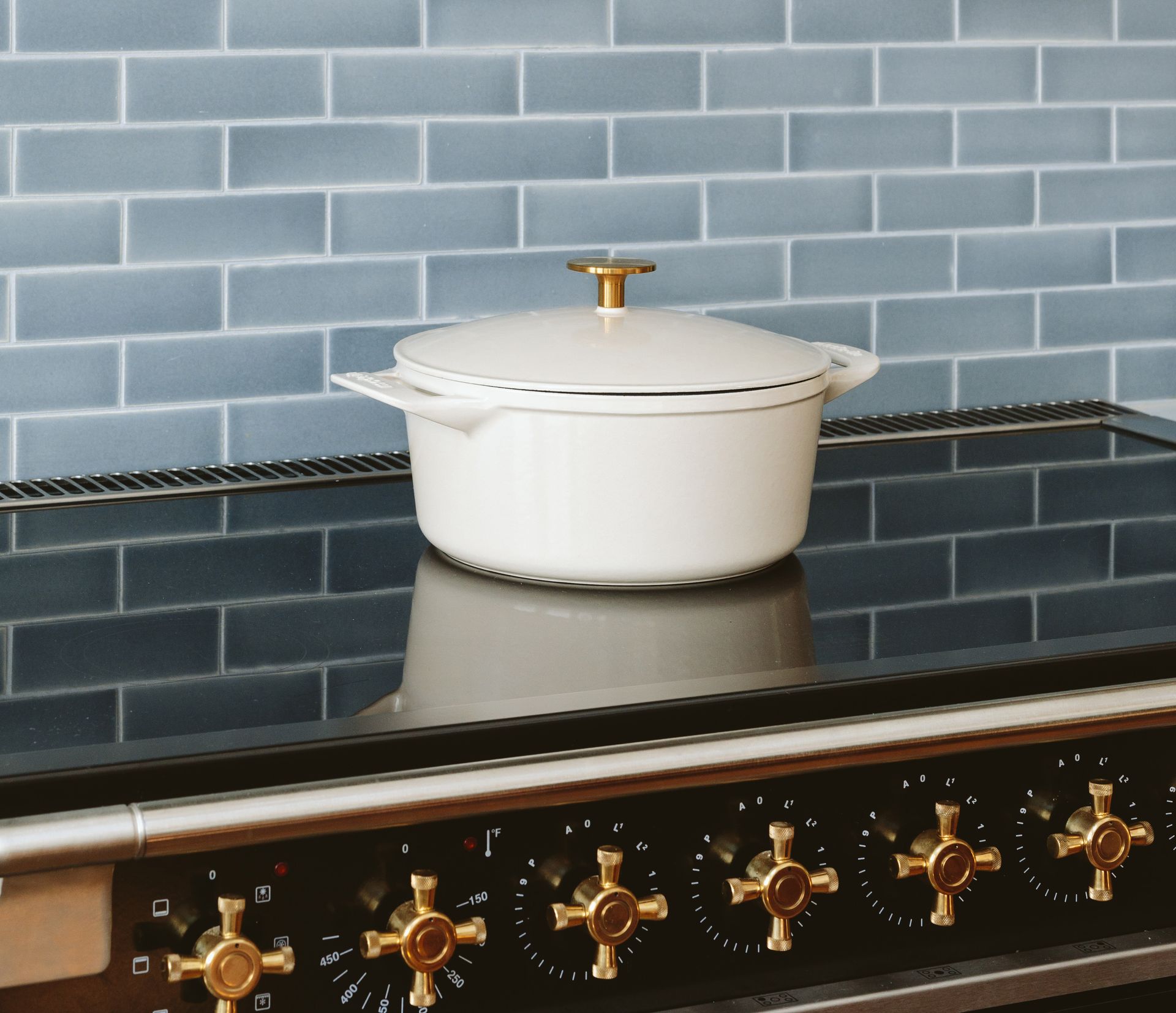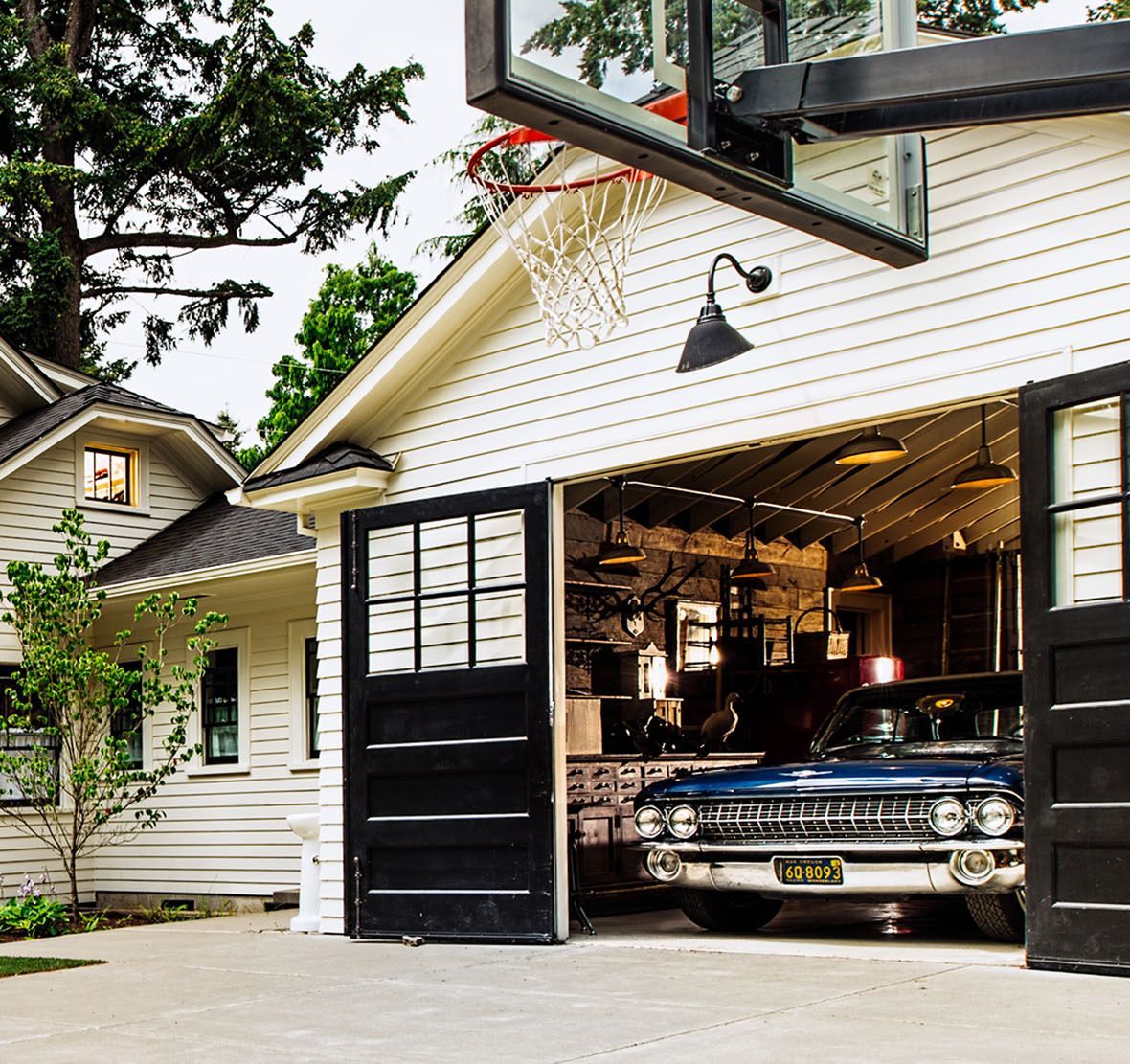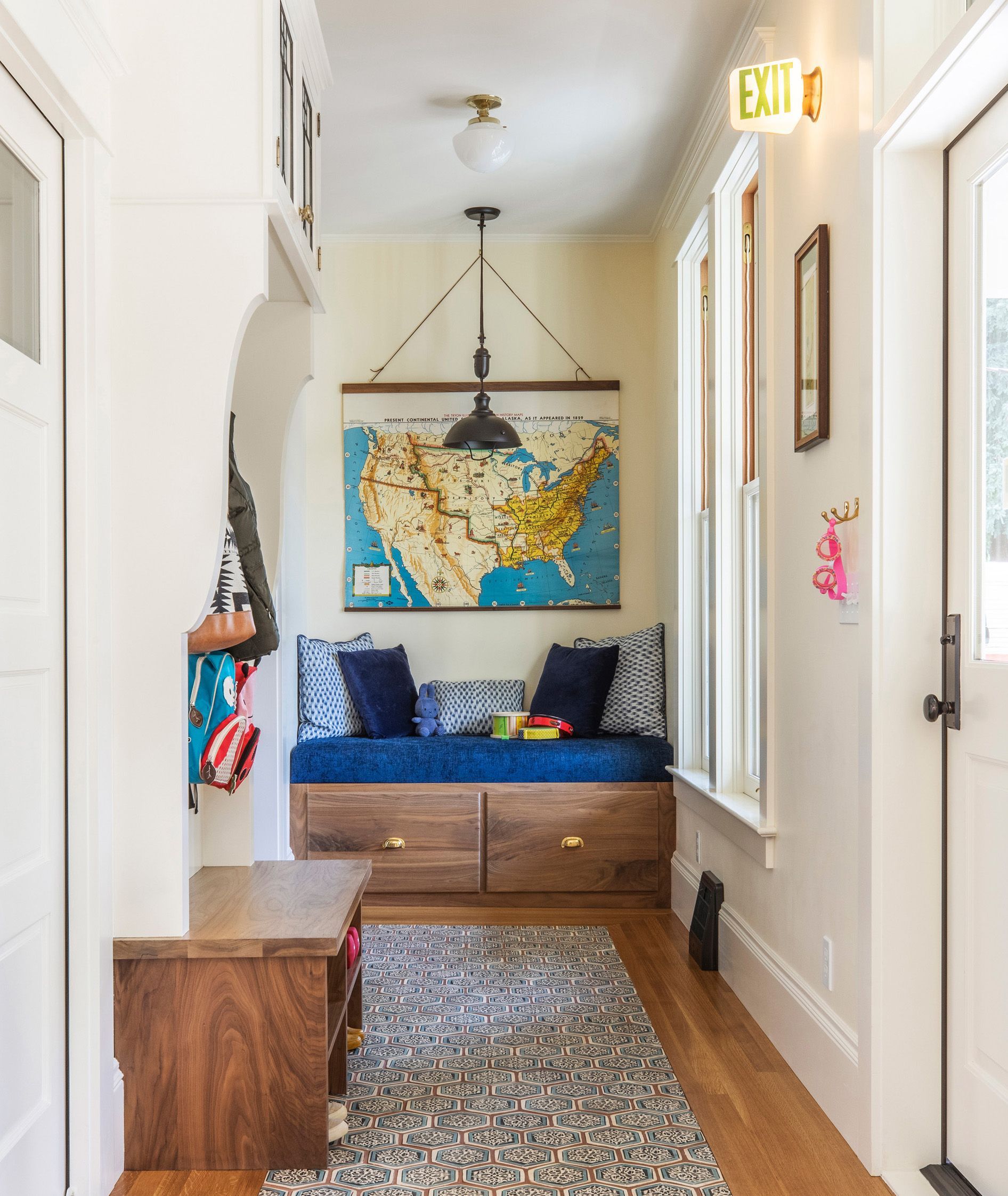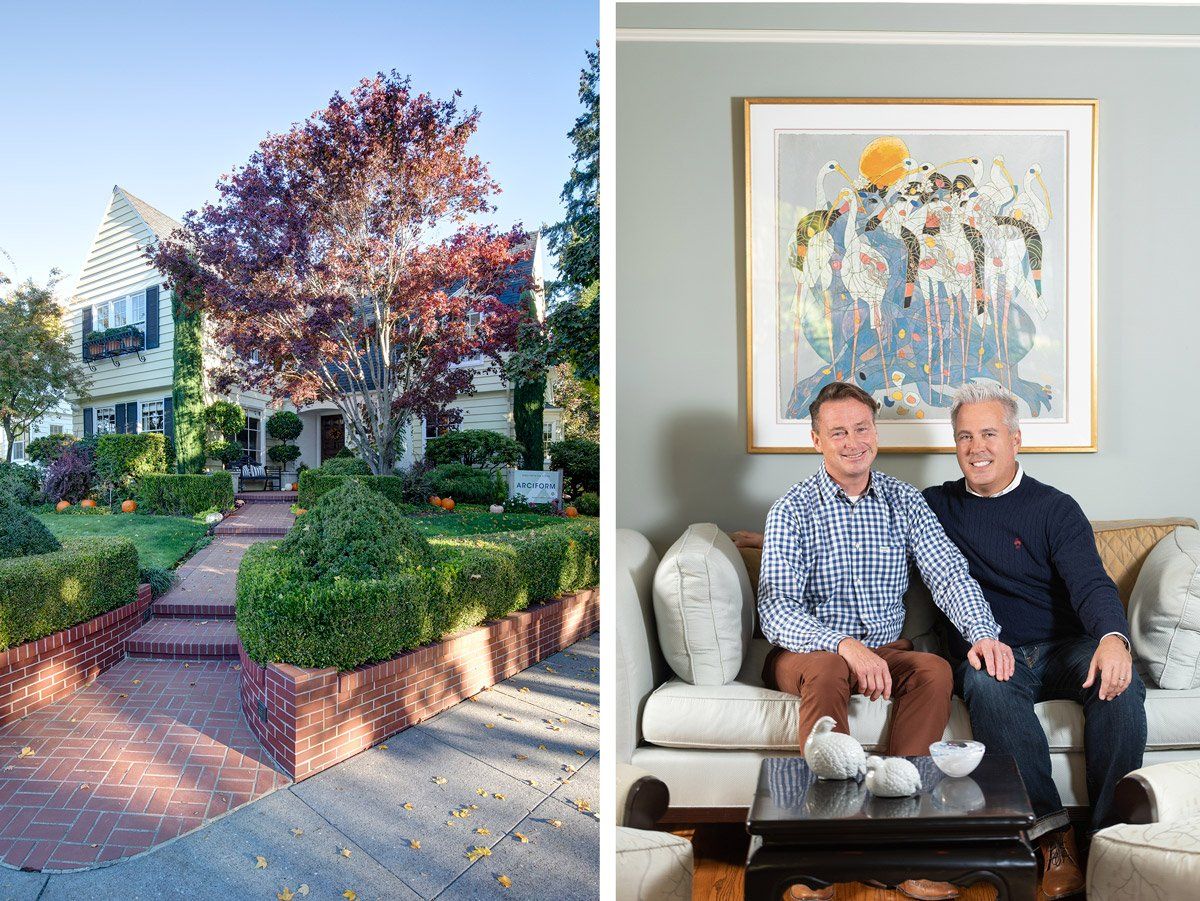
The Henry-Gonzalez residence was a renovation opportunity its owners couldn’t pass up. As the autumn leaves turn color and fall from the trees, and we turn our attention to the holidays with their family gatherings, it’s hard not to look at the fully renovated Henry-Gonzalez house and want to step inside for a warm beverage. With an exceptional array of architectural features and popping with color, this place is ideal for entertaining or for just getting cozy.
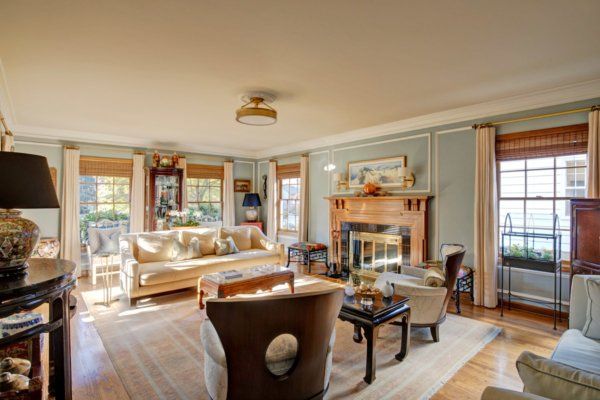
"ARCIFORM had better ideas than we thought we had,” Gonzalez says with a laugh. “We had strong ideas and sometimes they gently said, ‘Are you sure?’ We appreciated that."
Patrick Henry and his husband, Alex Gonzalez, weren’t looking to move when Patrick came across a Colonial Revival home in Northeast Portland’s historic Alameda neighborhood back in 2004. A real estate broker, Henry was actually showing the home to clients, and besides: he and Alex had just completed a top-to-bottom restoration of their own house just a few blocks away.
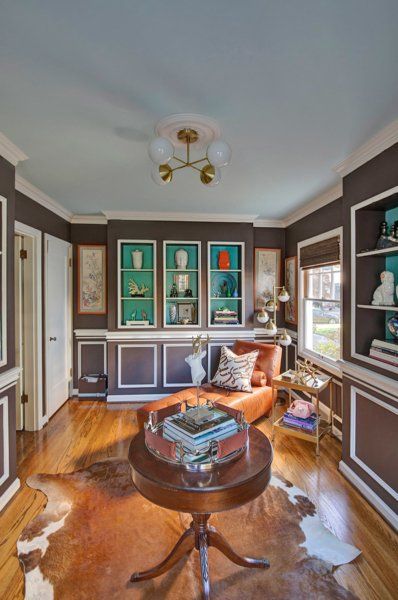
Yet Henry couldn’t help but fall in love. “It was pretty breathtaking,” he says of the house, which was completed in 1939 and combines Colonial Revival with Tudor design elements. After all, he’d grown up in a 1929 Tudor in Portland. But it wasn’t just nostalgia that made him swoon over this discovery. “The quality of construction was really something: incredible woodwork, amazing millwork,” he recalls noting that day. “I just thought, ‘I hope these people don’t buy this house.’ I could completely see Alex and me living there.” Thankfully, Henry’s clients ended up buying another house. When that was settled, “I called my Alex and said, ‘You’ve got to come over here and see this house.” Within weeks, they were the new owners.
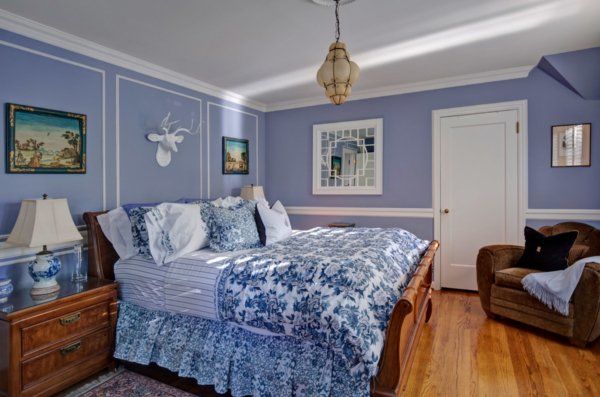
Specializing in older homes as a real estate broker, Henry often hires local historian Doug Decker (author of the Old House Alameda blog) to flesh out a home’s story and context. For Henry and Gonzalez’s house, Decker’s research uncovered the story of its builder, Frank Read, who had been responsible for a cluster of houses in what was originally known as the Olmsted Park subdivision, its first houses dating to 1909, as well as many houses in the adjacent Irvington. Read made a point of building homes near Portland’s then-extensive streetcar line and within easy walking distance of shops.
Read (1885-1950), who was also likely the architect, built this house for $10,000, and employed the same blend of Tudor and Colonial-influenced style he used in nearly all of the 16 houses he built in this area. Among the distinctive features Decker noted were a second floor extending slightly beyond the first story, pendant drops at the corners, a two-story pitched roof over the entry, and low dormer insets. “The plunging roofline from the roof peak to above the entry traces a link to early 17th century New England homes,” he wrote.
Over time, Henry and Gonzalez have completed an extensive renovation, the first steps being relatively unseen: a new roof and furnace as well as all new plumbing and electrical systems. Before embarking on transformations of the interior spaces themselves, the couple felt it was best to live in the home for a while. “That’s what I always tell clients: ‘Don’t jump into a renovation until you’ve lived in the house,” Henry explains. “If you do what you think you want to do immediately, you’ll regret it.’ It took us a mere 14 years to figure out how to do it and make it feel like the space has always been there.”
Though the couple came to ARCIFORM with years’ worth of ideas saved up—particularly the common old-home-renovators’ desire to create more openness—they also credit the firm and its designers for gently pushing back.
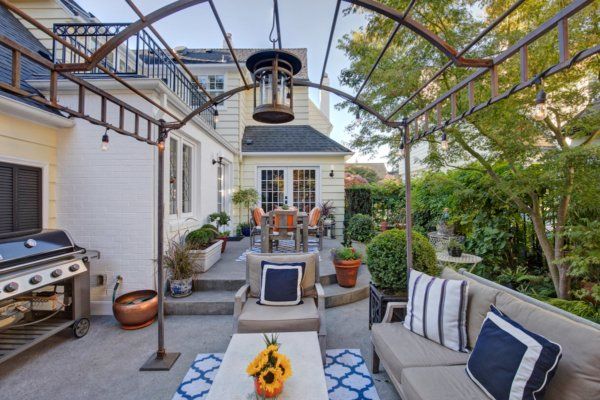
For example, the couple initially sought to create one big great room by expanding the footprint of the house to connect the den and family room, each of which opened onto the patio, which would be claimed to help make the connection. ARCIFORM came back with a less-invasive suggestion that allowed the adjacent den to bleed into the kitchen, which improved openness without expanding the footprint.
"They reined us in, and they were right. It’s so much better this way,” Gonzalez says. “And it turns out we use all the time that outdoor space we would have lost. "
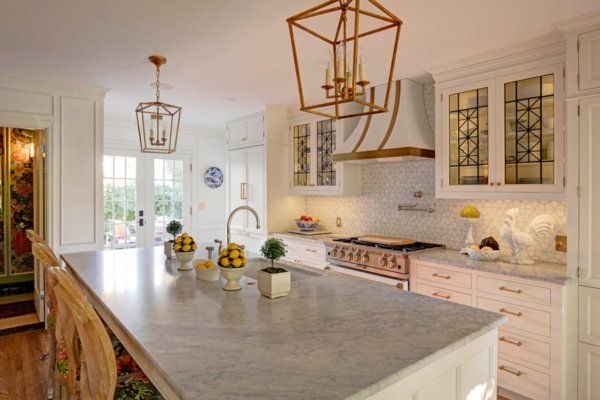
ARCIFORM’s designers also helped create greater flow without disrupting the home’s historic design elements by employing a simple but effective move: removing doors between rooms, then enlarging the doorways with an arched shape that matched the home’s other passageways. “It’s a little less compartmentalized,” Henry says. Adds Gonzalez: “It all flows together now.” The kitchen was also doubled in size without ever seeming oversized for the house.
One architectural feature that particularly wowed Gonzalez and Henry actually wasn’t original to the house: the exceptional millwork. It’s not just moldings where the wall meets the ceilings or other traditional decorative touches. In this house, even the walls and built-in shelving units become a kind of canvass. And while the house’s overall style is a blend of colonial and Tudor, the millwork brings a playful touch of Art Deco. “We bought that house because of all the distinctive millwork and woodwork,” Henry says. “That’s what we loved about it. One of the previous owners, but not the original owner, was a woodworker by hobby. Most of that additional embellishment you’ll see, like the raised panel wainscoting, he added and was not original, yet you wouldn’t know it. It truly is one of a kind.” The couple also made the millwork stand out with bold, colorful paint choices that highlighted the details.
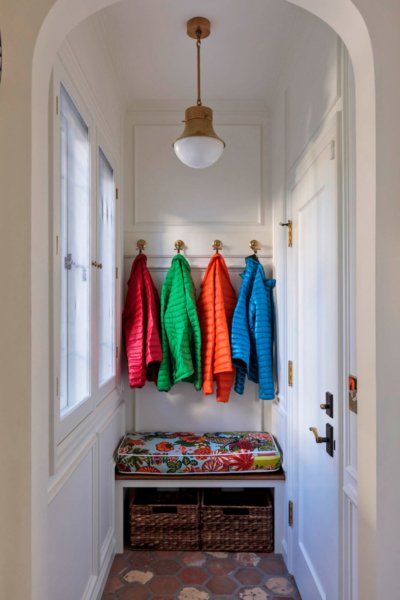
As the holidays approach, Gonzalez and Henry are ready for a small army of guests, be it the Turkey-day “Friendsgiving” they host annually or Henry’s family at Christmas. And the couple see Arciform’s work here as a gift that keeps on giving.
“They are and have been so instrumental in keeping the integrity of our home and period appropriate,” Henry says, “yet it also meets the modern way we live.”
See More Stories

